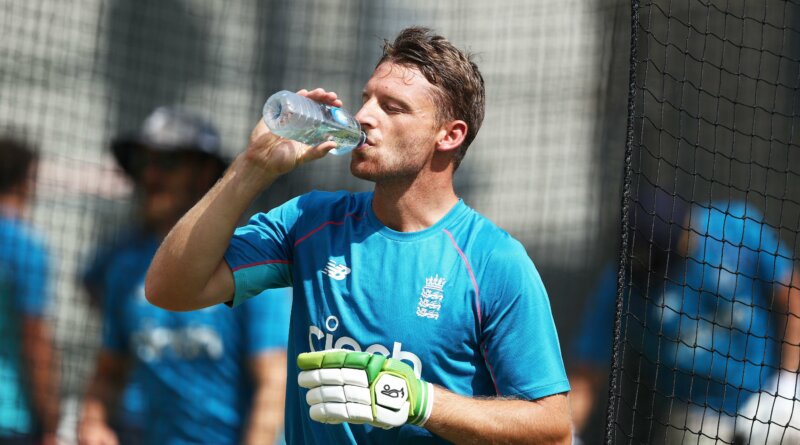England’s top 3 in T20’s; who should it be?
England’s white ball squads over the last 4 years have all got a common theme: hard hitting opening batsmen to set the platform for the finishers to come in and finish the job later on. It is no secret that England are blessed with top order batsmen in the shorter platform of the game; Jos Buttler, Jonny Bairstow, Jason Roy, Dawid Malan and Alex Hales can all make claims to bat in the top 3. But it is called the top 3 for a reason: only 3 batsmen can lay claim to these positions. So, who bats there?
For me, the tried and tested method in T20’s is the way to go: Jos Buttler and Jason Roy opening, with Jonny Bairstow coming in at first fall of wicket. There has been much debate over where Buttler should bat in the T20 side, with some people arguing it is too much of a risk to play our best ever white ball batsman so high up, when instead he could be protected in the middle order as a “floater”, ready to finish off the innings as he so often does in ODI’s. However, when Buttler opens, he always seems to perform, and when Jos Buttler is on form, no-one wants to or can bowl to him.
With the power play allowing only two fielders outside the ring in the first 6 overs, Buttler’s 360° ability is unmatched by anyone in international cricket, so allowing him to face as many deliveries as possible is a sensible move to give England the perfect start to either setting a target or chasing down a score that seems impossible to get to. Moreover, he averages 42.6 when opening in T20’s at a strike rate of 148.65, well over a run a ball, compared to when he doesn’t open where his average plummets to 27.3 and strike rate dips to 140. Still very good stats, but such a drop off compared to when he opens up. No questions asked, he’s our best T20 opener.
For the other opening spot, it really could be either one of Roy or Bairstow. Those two of course helped power England to World Cup glory in 2019, and given the fact that whoever bats 3 could be in after the first ball, it makes very little difference. With Bairstow filling in at number 4 more recently in the T20 WC in the UAE, his flexibility to move around the order is a gift and a curse for England.
While his versatility is a positive as it means he can cover for injuries/be used in specific matchups, it has led to several questions and speculation around where his best position is. He averages 36.7 when opening compared to 30 when at number 4, has a strike rate of 144.21 while opening compared to 130.2 at number 4. Some people might argue that Roy shouldn’t be in the picture, as he only averages 25.3, but almost echos Buttler’s strike rate at 144. It’s safe to say England are spoilt for choice, but I’m going with Roy because not only does he have the experience with 53 caps, he also has the chemistry of batting with Buttler for the majority of those innings, something that in my eyes is overlooked when considering an opening partnership. Plus, Bairstow has shown he can bat lower down the order, so this is the easiest way to fit both of them in the team.
Some of you may be asking, “Where does Malan fit? Does Hales have a chance of coming back?” Here are my answers to these questions; while Hales has reinforced he is one of the best white ball batsmen available in world cricket, realistically speaking his England career is over whilst Morgan is still captain, so that’s a no go.
Malan could slot in at either 3 or 4 in the T20 side, as the selectors continue to not select Joe Root, but he has come under increased criticism and scrutiny, noticeably for his slow starts. A top 5 of Buttler, Roy, Bairstow, Malan and Livingstone is still amongst the best, if not the best top 5 in T20’s. With young batters such as Tom Banton and Phil Salt also waiting in the wings for a chance to show their worth on the international stage, England are not short of top order batsmen for limited overs cricket.


